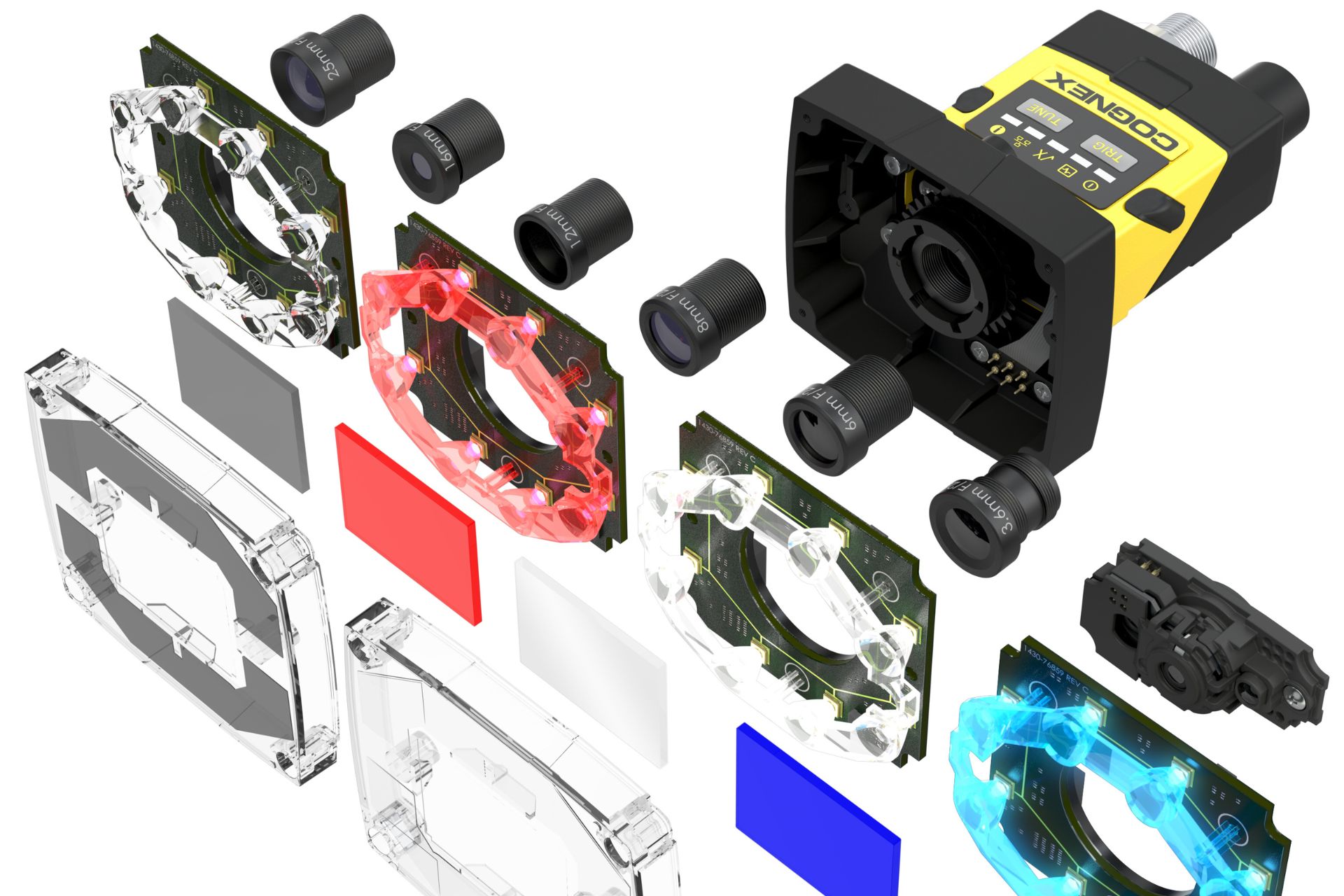Selecting the right lens for your vision system is a critical decision that can significantly impact the accuracy and performance of your applications.
In this guide, we’ll walk you through the steps to help you confidently select the right size lens for your vision system.
Understand your application’s requirements
Before you begin choosing a lens, it is important to clearly define your application’s requirements.
Consider factors such as working distance, field of view, resolution, and lighting conditions. Determine the types of objects you’ll be inspecting, their size, and the level of detail needed.
Calculate the field of view (FOV)
The field of view is the area that the camera can capture. Use the formula: FOV = sensor dimension x working distance / focal length.
This calculation helps you understand the spatial area your lens needs to cover.
Determine the working distance
The working distance is the distance between the lens and the object you’re inspecting.
Measure the required working distance based on your application’s setup and space limitations.
Choose the right focal length
The focal length of the lens determines the magnification and FOV. A longer focal length provides higher magnification and a narrower FOV, while a shorter focal length offers wider coverage.
Match the focal length to your calculated FOV to ensure your lens captures the desired area with the necessary level of detail.
Consider sensor size
Your camera’s sensor size affects the lens’s compatibility and the resulting image quality.
Ensure the lens you choose matches the sensor size of your camera to avoid vignetting or other distortions.
Account for pixel size and resolution
Pixel size is crucial for achieving accurate measurements. Calculate the necessary resolution based on your application’s requirements and pixel size.
A smaller pixel size might require a higher-resolution lens to maintain image clarity.
Evaluate lighting conditions
The lighting of an environment has a big impact on image quality and different lenses have varying levels of light transmission and distortion correction.
Consider the lighting conditions in your setup and select a lens that can deliver optimal performance in those conditions.
Assess distortion and aberration
Distortion and aberration can affect the accuracy of your measurements. Choose a lens with distortion correction and minimal aberration for more precise results.
Test and optimise
Before finalising your lens selection, perform tests with sample objects under real-world conditions.
Adjust and fine-tune your lens choice as needed to achieve the desired outcomes.
Selecting the right size lens for your vision system requires a comprehensive understanding of your application’s requirements.
By considering factors such as field of view, working distance, focal length, sensor size, lighting conditions, and image quality, you can make an informed decision that ensures the success of your vision tasks.
You can use the Cognex Lens Advisor to utilise the knowledge you’ve learned here to successfully find the correct size lens.
Alternatively, we are on hand to do this for you. At Bytronic we have a team of experienced vision engineers that can support you and your team to correctly select the right camera, lens and lighting, as well as integrating into your PLC and robot.

